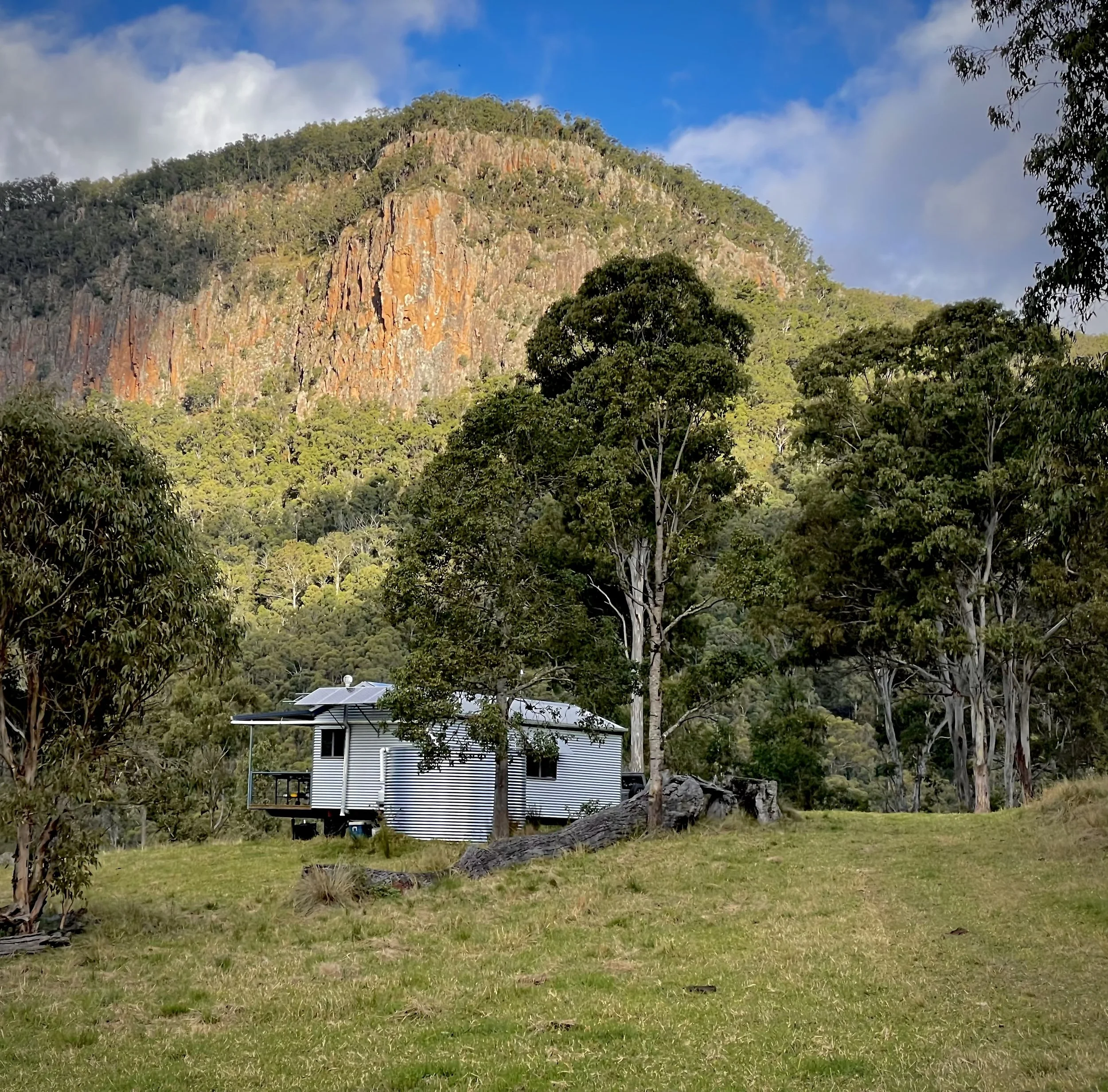The BRand
The name “Olkmo” has no objective meaning. At least none that I could find; and I have tried to find one.
And that is an intentional choice. A choice to create something that speaks for itself. The intention behind this is to create products where the design, methods and craftsmanship are the hero. Where the details and aesthetics speak louder than the name.
True quality doesn’t shout, it speaks confidently through the product itself. It’s how it drapes, how it fits - its the characteristics of textile that can only be brought to life by a craftsperson. It’s for those who let their choices and their style tell their story.
Olkmo stands for individuality. It’s a celebration of traditional methods, materials that have stood the test of time, and the skills required to make each piece unique. It’s a brand for those who understand that true value lies in the details, and that style is something that can’t ‘simply’ be bought — and that that, my friend, is a far windier and far more interesting road to take.
THe Creator
[Laura Foley]
I’ve always been drawn to Textiles. What I’ve lacked is the understanding that there is time to pursue things you enjoy. You don’t just have to do what you’re good at.
My mum taught me to sew at age 6. For many years I wanted to leave school and become a textile technician to be part of a team that figured out how to bring design concepts to life. Despite this, my career has largely been in education, be it inside or outside of the classroom - which I continue to do at my leisure. It wasn’t until later that I stumbled on leather work and in doing so found something that filled my cup more than I realised a job could. If I could articulate why leather instead of fabrics (or teaching), I would. But I can’t, not really… I like the ‘slowness’ of it. I enjoy the need to be meticulous, the problem solving, accuracy, hand skills and careful judgement that meet to create something seemingly simple. And like I said, it fills my cup.
Like everyone, I started small but I set my standards high, expecting results similar to the likes of Peter Neitz, Martin Carswell and Philip Jury. Needless to say I ‘failed’. Regularly. And often. I had no real idea what I was doing - but I don’t think you need to. You look at your own work and to choose one thing to improve on. The next time, a different thing. Each time learning something new; which is all the drive I’ve ever needed to try again.
Today, I’m surrounded with nothing but opportunities and the fruits of past labours. I live in the Scenic Rim area, I watch cows misbehaving in the neighbours paddock, spend more time with my bare feet on the grass than I ever have before, and more time in my workshop (that keeps taking over more of the house as my tools and equipment grow) and I am constantly surprised by how life just keeps getting better. Everyday is spent learning and creating and I can’t wait to see what the next few years holds and whats in store.
The Process
Unlike modern production methods, which rely on machines for speed and uniformity, artisan leather work is a much slower process. It relies on the creators focus, attention to detail, accuracy, steady hands and techniques that cannot necessarily be replicated by machines. The result is a unique, durable product that reflects the skill and care of its maker, offering artistry and personalisation that modern techniques cannot match.
The following are just two techniques commonly features of artisanal leather goods. If you’re interested is understanding the techniques that go into this art, you’ll find more detailed explanations in the Olkmo Atelier, where I reflect on current projects, experiments, failures and successes.
Construction & Edges
The finished good is only as ‘good’ as the initial cutting of the leather is accurate. Construction techniques involve the use of glue and stitching to secure pieces in place; accuracy of alignment and precision is key here. The thickness or weight of the leather will determine whether reinforcing is need for a given product and is carefully considered when calculating the thickness of finished goods. Skiving, or thinning the leather at seams or edges, helps create a smooth, seamless finish, reducing bulk and allowing for a cleaner, more refined look.
Edges are finished with great attention to detail, often through folding or burnishing. Folding involves carefully skiving then folding the leather edges over themselves for a smooth, uniform look that can withstand a lot of friction - like a card slot in a wallet. While burnishing uses friction to smooth and round the edges. These edges are sanded and polished until smooth, then polished with beeswax to further seal and protect the edge. Both methods enhance the leather’s appearance and provide a polished finish ensuring the piece is both beautiful and long-lasting.
The Saddle stitch
All of my work is hand stitch - without exception. Saddle stitching is a hand-sewing technique that uses one continuous piece of thread and two needles which are threaded through the same hole from opposite sides, creating an attractive, durable and strong stitch. This method provides even, consistent stitching that is more resilient than machine stitching, ensuring the finished good will hold up over time. Because it’s done by hand, saddle stitching allows for precision and control, producing a neat, symmetrical finish that enhances the overall aesthetic. Which sounds simple enough, but in practice is almost like drawing a perfectly straight line freehand.
Unlike machine stitching, which can weaken with wear, saddle stitching is known for its longevity and ability to stand the test of time, adding both structural integrity and a touch of craftsmanship to the final product.



